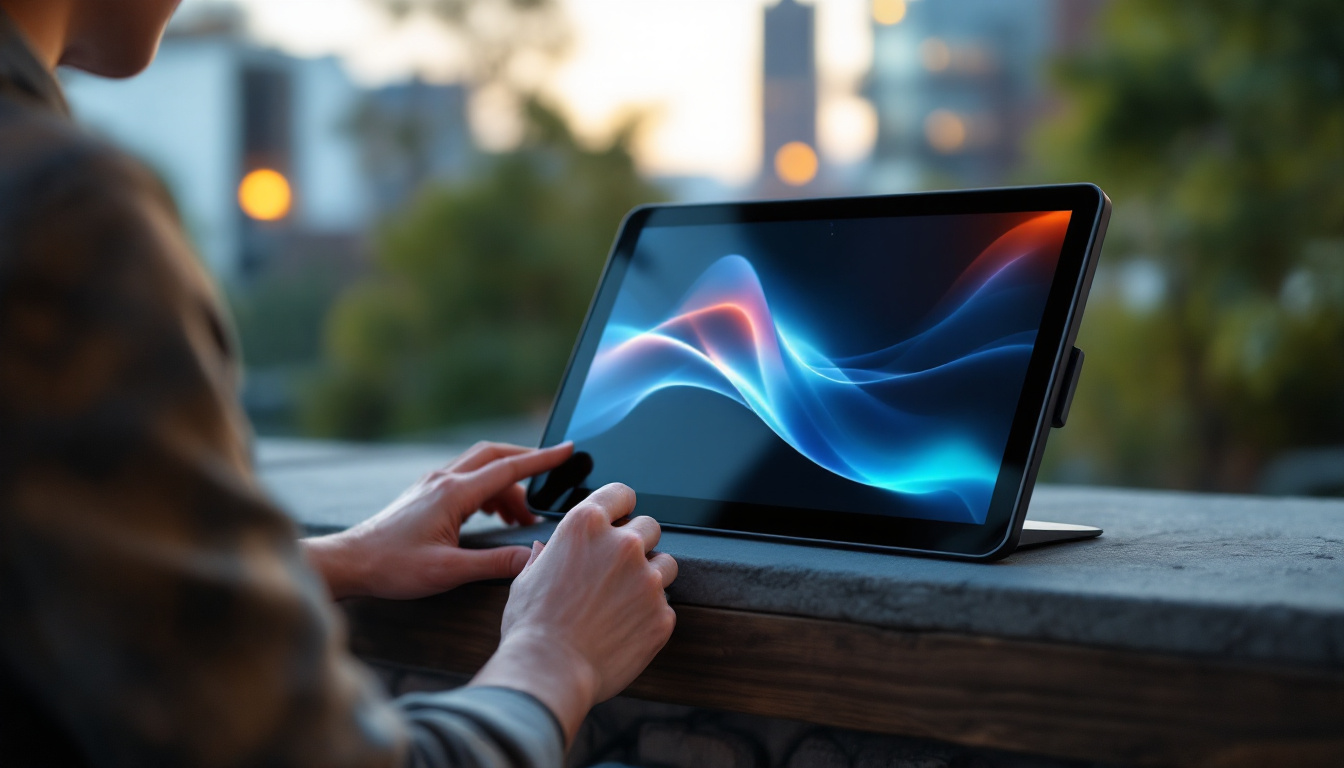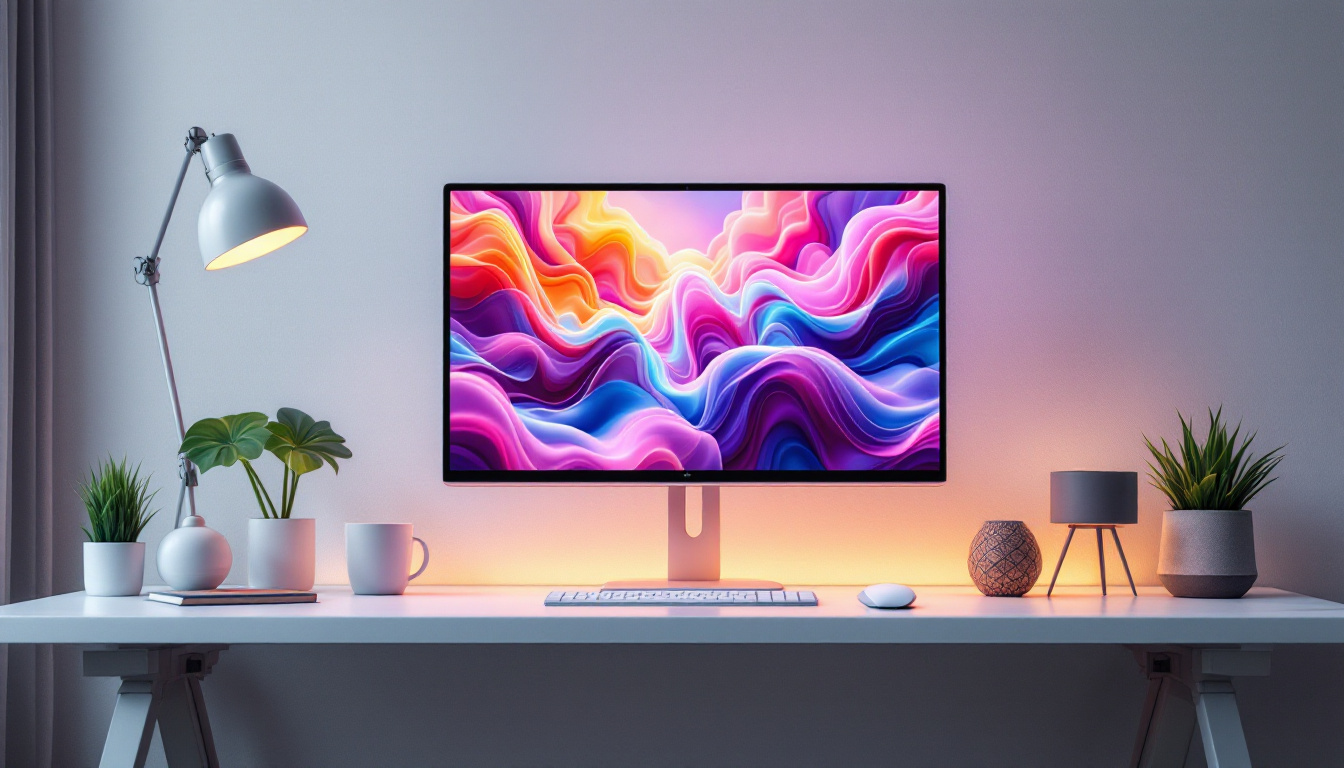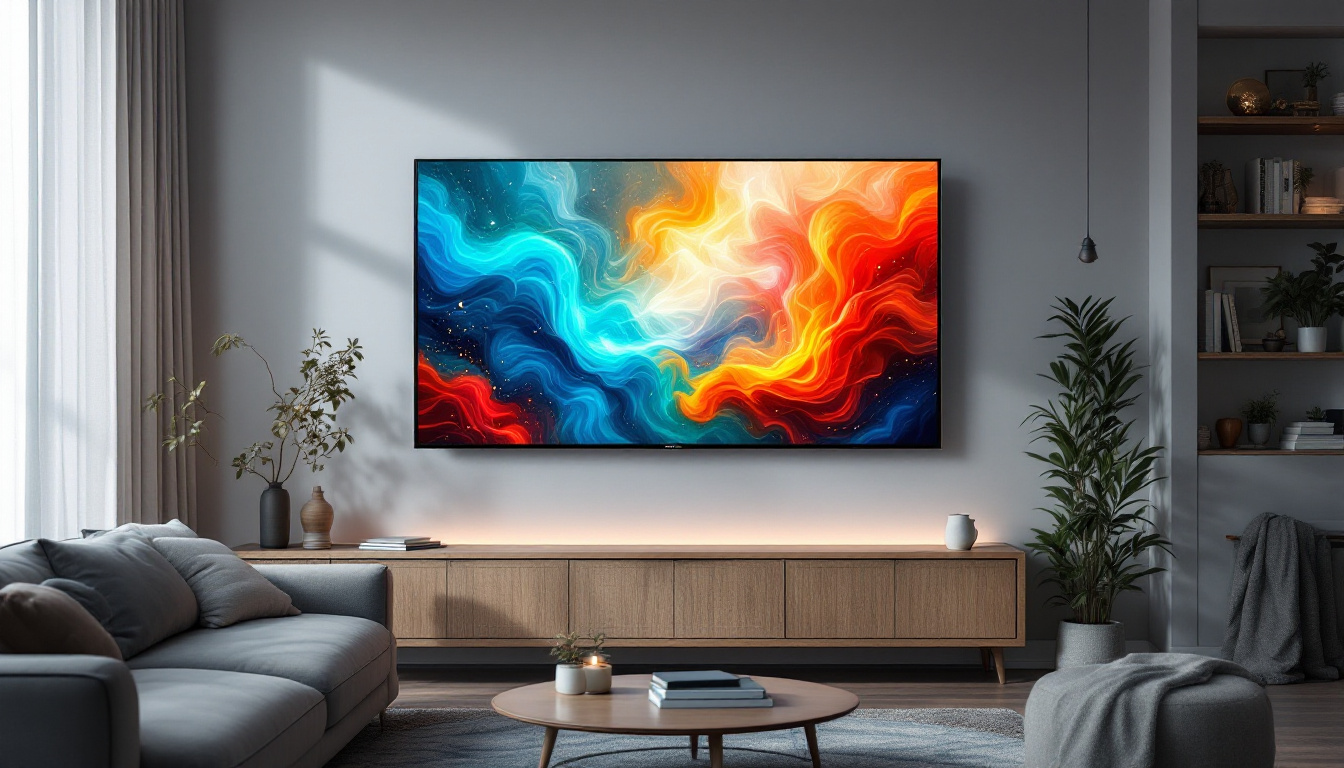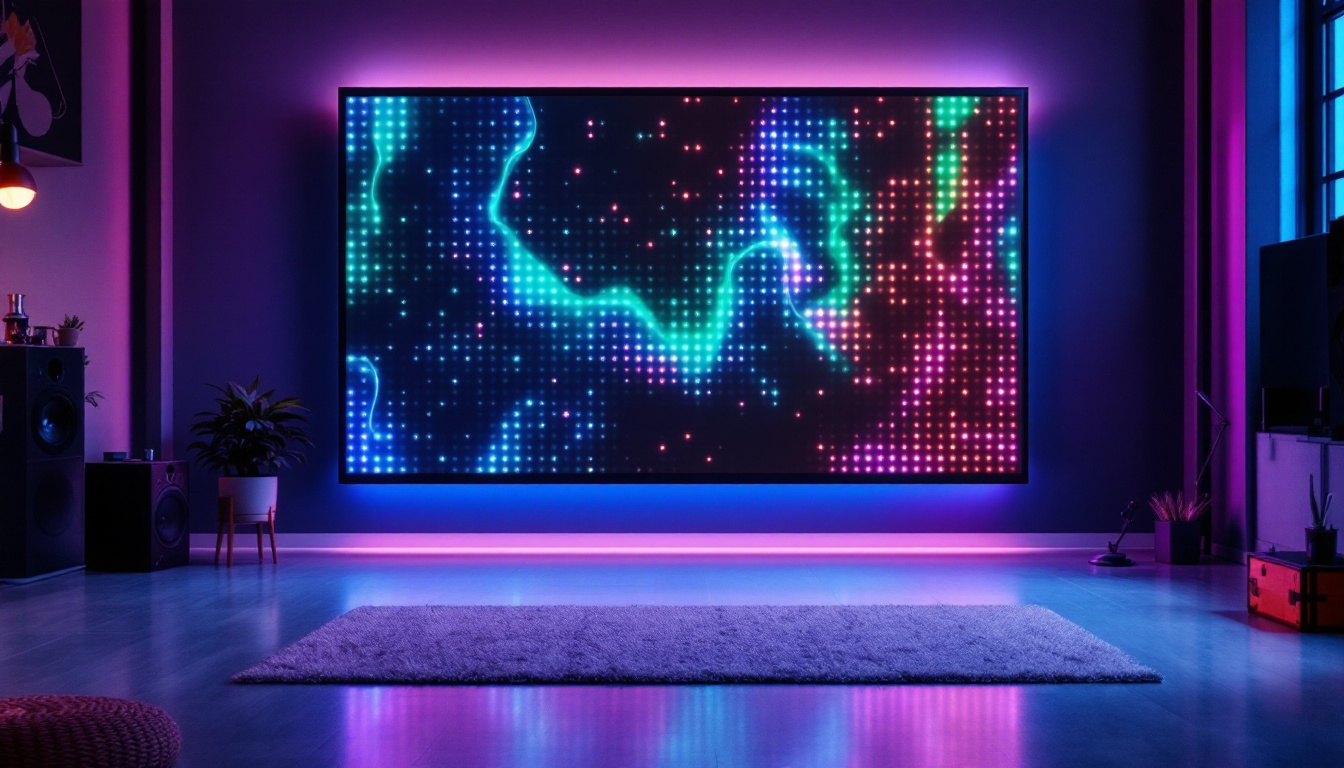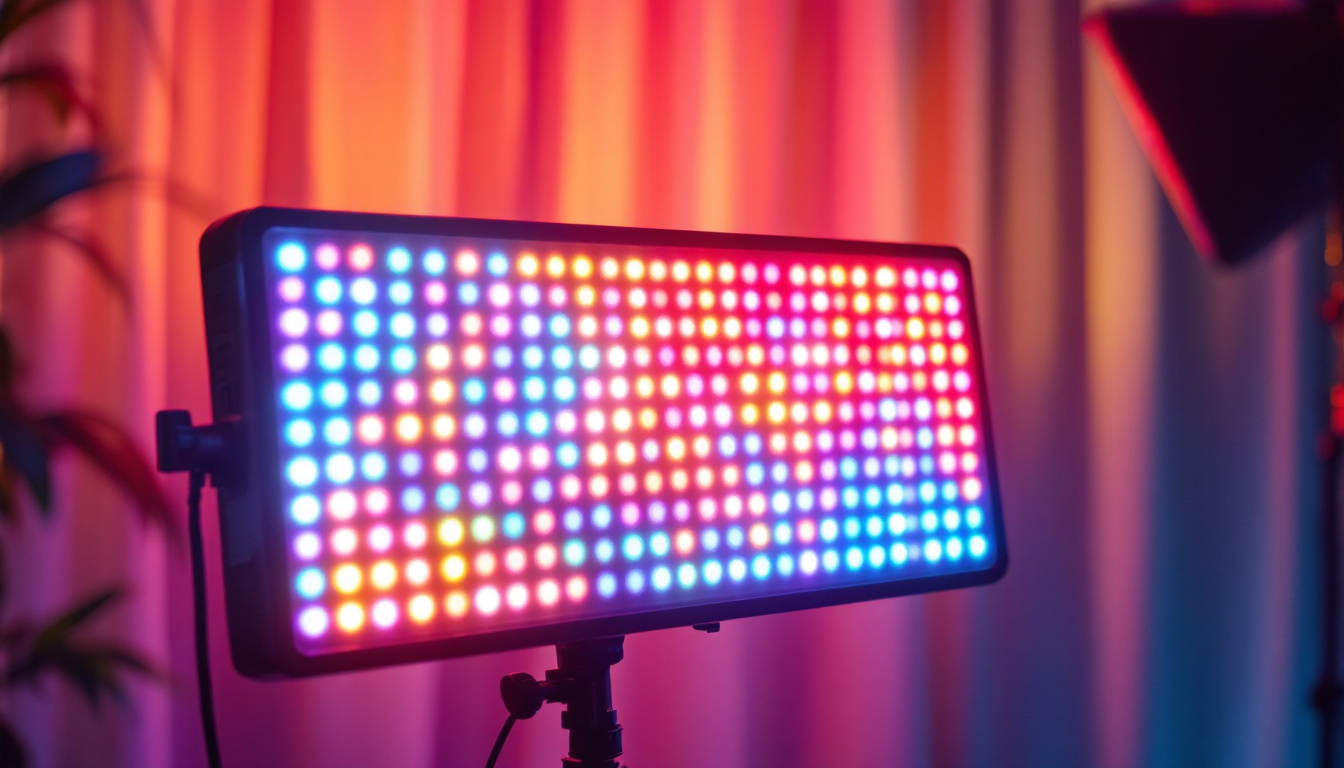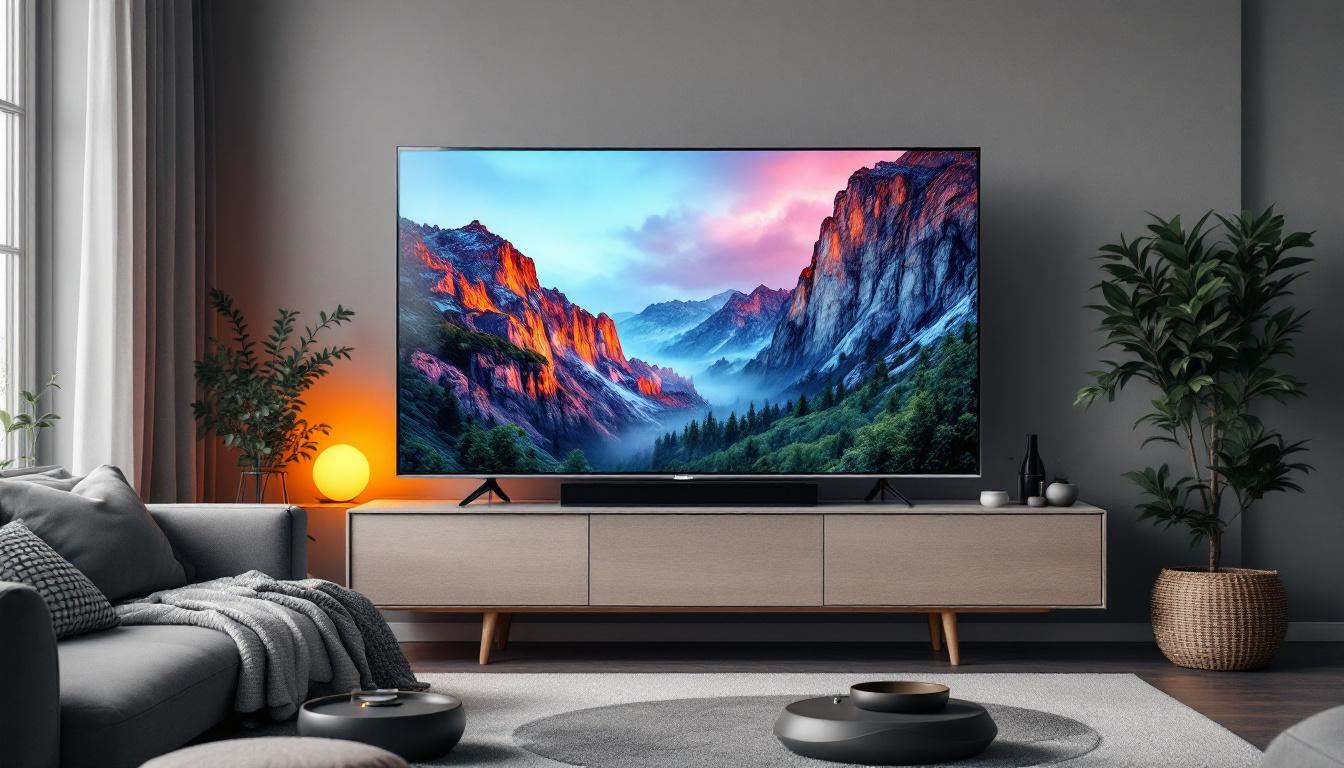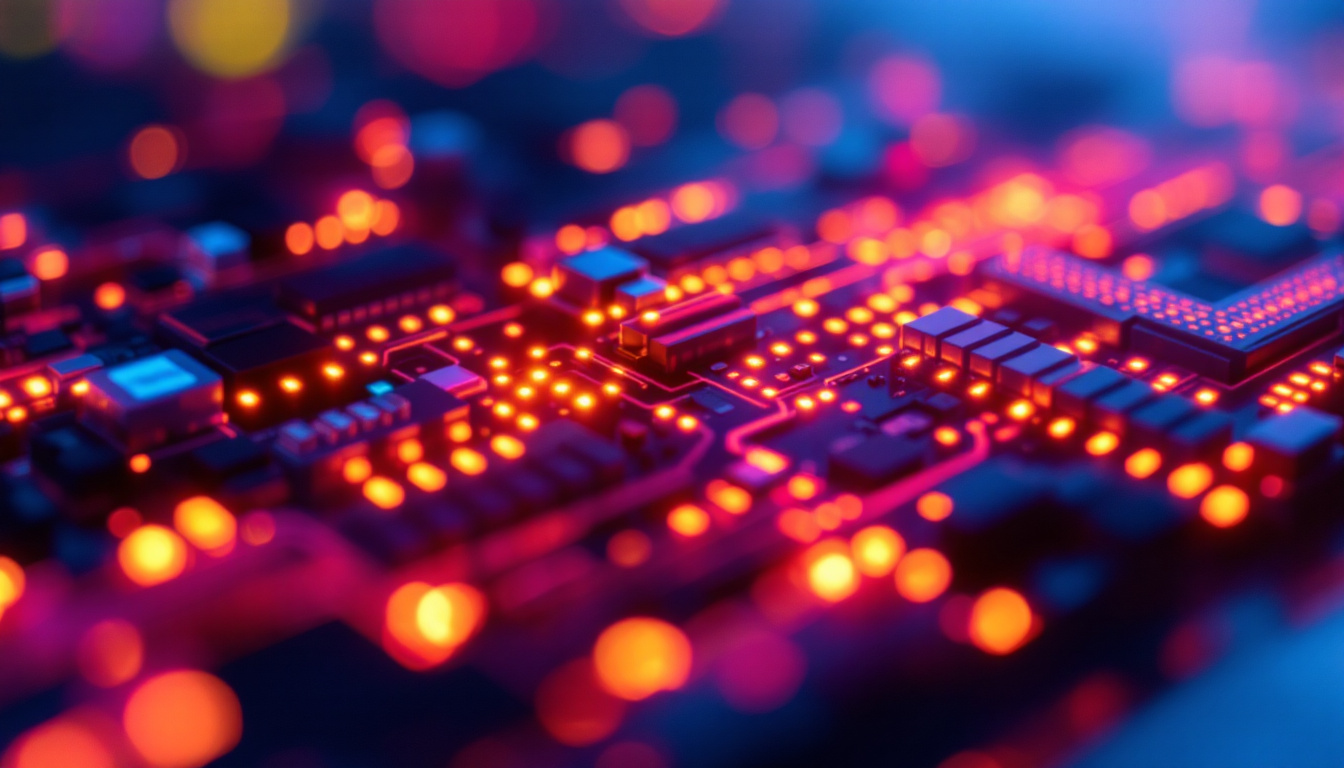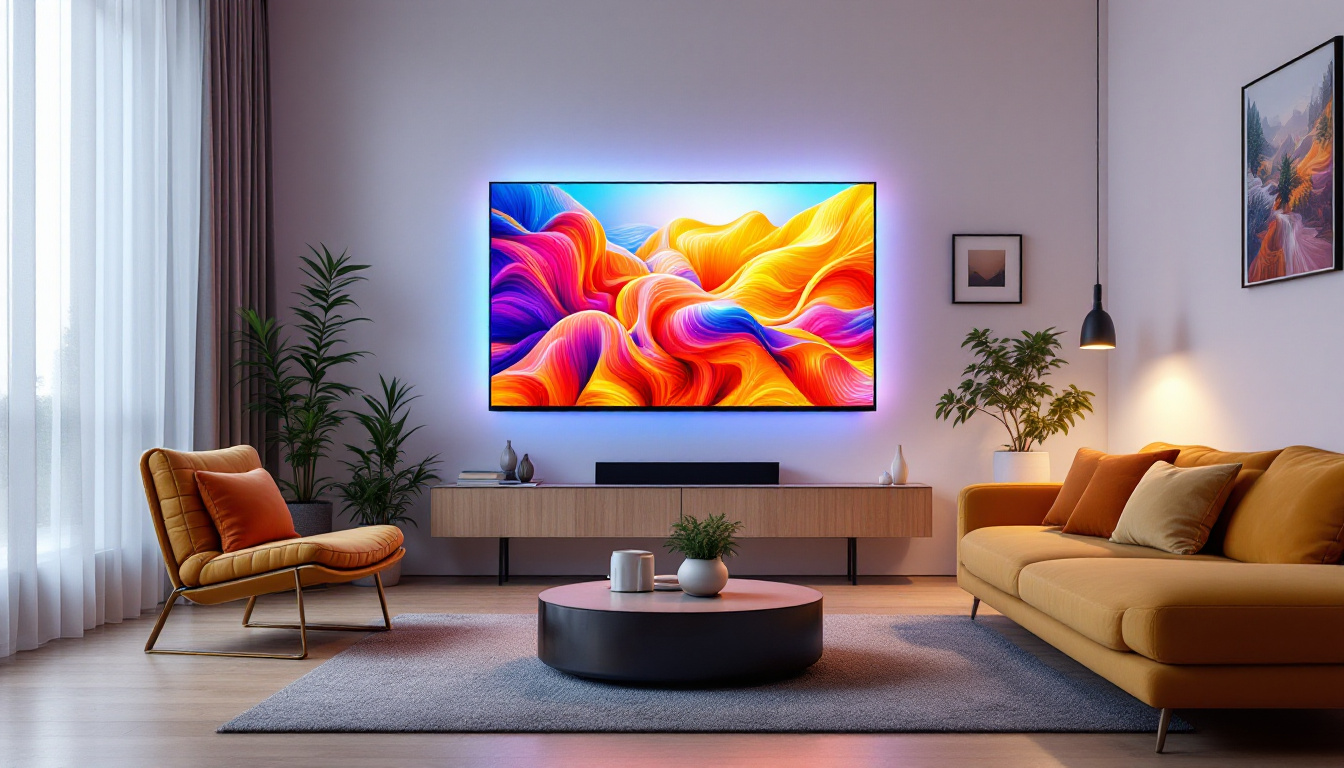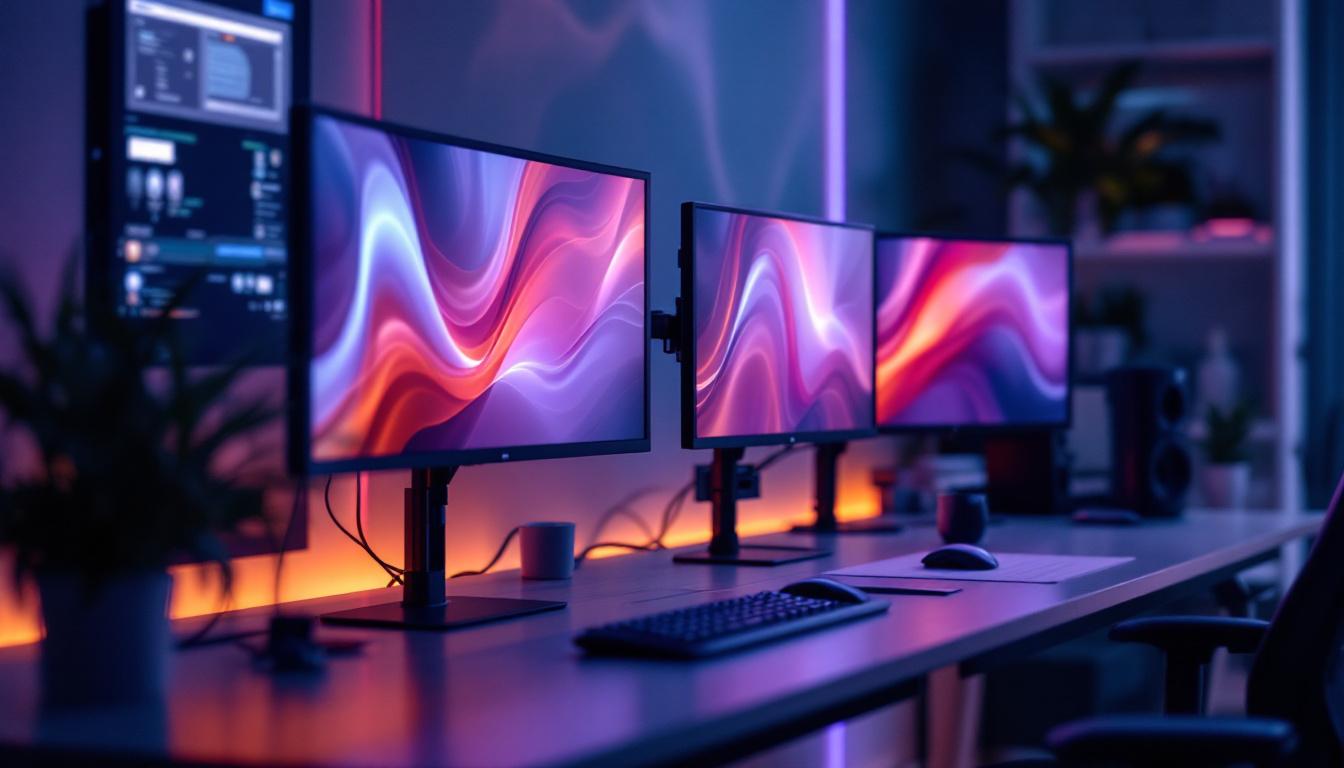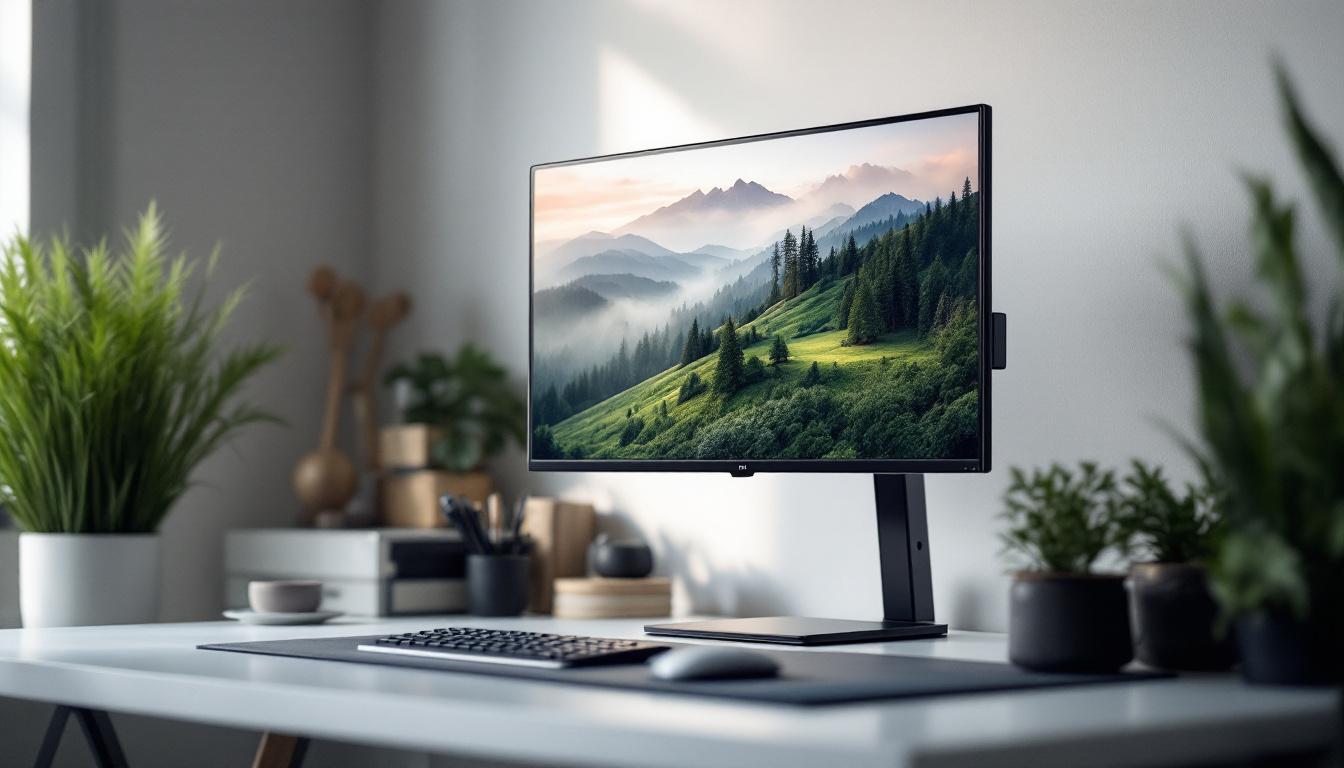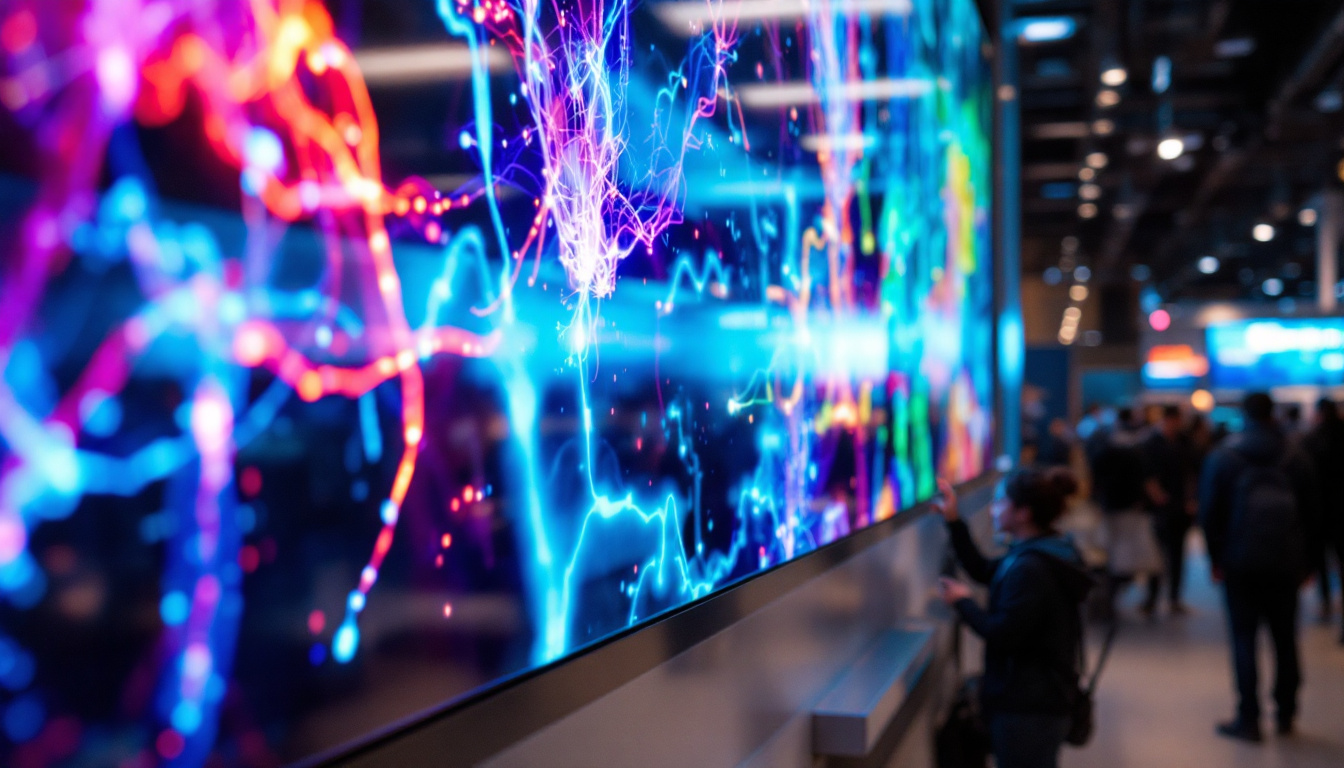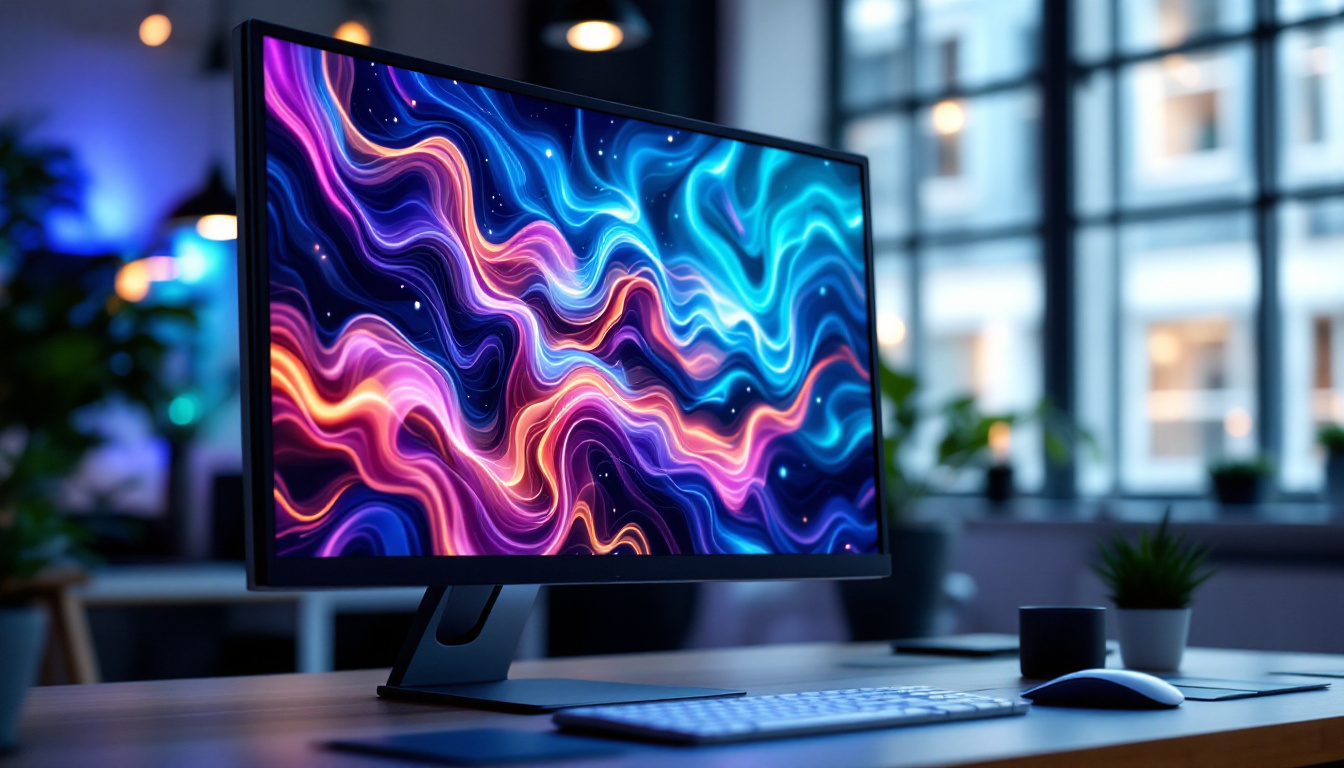In an increasingly mobile world, the demand for portable screen monitors has surged. These devices offer convenience and versatility, allowing users to extend their display capabilities without being tethered to a traditional desktop setup. This article delves into the intricacies of portable screen monitors, focusing specifically on LED display technology, its advantages, and its applications.
Understanding Portable Screen Monitors
Portable screen monitors are compact, lightweight displays designed to be easily transported. They serve various purposes, from enhancing productivity for professionals on the go to providing an immersive gaming experience. Unlike standard monitors, these devices are engineered for mobility, often featuring USB-C or HDMI connections for quick setup.
Key Features of Portable Monitors
When considering a portable screen monitor, several key features should be taken into account. These include screen size, resolution, connectivity options, and battery life. Most portable monitors range from 13 to 17 inches, striking a balance between portability and usability.
Resolution is another critical factor. Many portable monitors now offer Full HD (1920×1080) or even 4K (3840×2160) resolutions, providing crisp images and vibrant colors. Connectivity options, such as USB-C, HDMI, and DisplayPort, ensure compatibility with a wide range of devices, including laptops, tablets, and smartphones.
Furthermore, the aspect ratio of the screen can also play a significant role in the user experience. Many portable monitors come with a 16:9 aspect ratio, which is ideal for watching movies and gaming, while others may offer a 16:10 or even an ultrawide format that is better suited for productivity tasks. The choice of panel technology—whether IPS for better color accuracy and viewing angles or TN for faster response times—can also influence your decision, depending on your specific needs.
Benefits of Using Portable Monitors
The advantages of portable monitors extend beyond mere convenience. For professionals, having a dual-screen setup can significantly enhance productivity, allowing for multitasking and improved workflow. For gamers, a portable monitor can elevate the gaming experience, providing a larger display and better visuals.
Additionally, portable monitors are ideal for presentations and collaborative work. They allow users to share their screens easily with colleagues or clients, fostering better communication and engagement during meetings. The lightweight design and slim profile make them easy to fit into a laptop bag, ensuring that you can take them anywhere—from a coffee shop to a client’s office—without hassle.
Moreover, many portable monitors are equipped with features like built-in speakers and adjustable stands, further enhancing their usability. Some models even come with touchscreen capabilities, allowing for more interactive presentations or a more intuitive gaming experience. As remote work becomes increasingly common, the ability to set up a comfortable and efficient workspace anywhere is a significant advantage, making portable monitors an essential tool for modern professionals and creatives alike.
LED Display Technology Explained
LED (Light Emitting Diode) technology has revolutionized the way displays are manufactured and utilized. Unlike traditional LCD screens that rely on fluorescent backlighting, LED displays use small diodes to emit light, resulting in brighter, more vibrant images.
How LED Displays Work
At the core of LED display technology is the principle of electroluminescence. When an electric current passes through a semiconductor material, it emits light. This process allows for the creation of displays that are not only thinner and lighter but also more energy-efficient than their predecessors.
LED displays can be categorized into two main types: edge-lit and direct-lit. Edge-lit displays have LEDs positioned along the edges of the screen, while direct-lit displays have LEDs distributed across the entire back of the screen. Each type has its advantages, with direct-lit displays generally offering better uniformity and brightness. Furthermore, advancements in technology have led to the development of mini-LED and micro-LED displays, which utilize even smaller diodes for enhanced performance. These newer technologies allow for improved contrast ratios and deeper blacks, making them ideal for high-end applications such as home theaters and professional video production.
Advantages of LED Displays
One of the most significant advantages of LED displays is their energy efficiency. They consume less power than traditional displays, making them an environmentally friendly option. Additionally, LED displays boast longer lifespans, often lasting tens of thousands of hours before any noticeable degradation in quality occurs.
Color accuracy and brightness are other areas where LED displays excel. They can produce a wider color gamut and higher brightness levels, making them suitable for various applications, from graphic design to gaming. Furthermore, LED displays offer faster response times, reducing motion blur and enhancing the viewing experience. The adaptability of LED technology also allows for the creation of flexible and curved displays, which can conform to different environments and user preferences. This versatility opens up new avenues for innovative design in both commercial and residential settings, allowing for immersive experiences that were previously unattainable with conventional display technologies.
Choosing the Right Portable Screen Monitor
With numerous options available, selecting the right portable screen monitor can be daunting. Understanding individual needs and preferences is crucial in making an informed decision. Factors such as intended use, budget, and desired features should all be considered.
Assessing Your Needs
Before purchasing a portable monitor, it is essential to assess how it will be used. For professionals who frequently travel for work, a lightweight and compact model with good battery life may be a priority. Conversely, gamers might prioritize refresh rates and response times to ensure an optimal gaming experience.
Additionally, consider the types of devices that will be connected to the monitor. Ensuring compatibility with laptops, tablets, or smartphones can save time and frustration during setup. It’s also worth exploring the resolution and screen size that best fits your needs. A higher resolution can enhance clarity, making it easier to work on detailed projects or enjoy high-definition media. For those who often multitask, a larger screen can provide the extra real estate needed to efficiently manage multiple windows and applications.
Budget Considerations
Portable monitors come in a wide range of prices, and setting a budget can help narrow down options. While it might be tempting to opt for the cheapest model, investing in a higher-quality monitor can lead to better performance and longevity. Researching reviews and specifications can provide insight into which models offer the best value for money.
Moreover, it’s important to factor in potential additional costs, such as protective cases, cables, or adapters that may be necessary for optimal functionality. Some monitors may also come with features like built-in speakers or touchscreen capabilities, which can enhance the overall user experience but may also impact the price. By taking the time to evaluate both the initial investment and any supplementary expenses, you can make a more informed decision that aligns with your financial plan and usage expectations.
Applications of Portable Screen Monitors
Portable screen monitors have a diverse array of applications across various fields. From business to entertainment, these devices cater to different needs and enhance user experiences.
Business and Productivity
In the corporate world, portable monitors have become invaluable tools for enhancing productivity. Professionals can easily set up dual-screen workstations, enabling them to work more efficiently. Whether for presentations, video conferences, or data analysis, the ability to extend the screen real estate can lead to significant time savings.
Moreover, their lightweight and compact nature makes them perfect for remote work. Employees can carry them to meetings or work from different locations without sacrificing productivity.
Gaming and Entertainment
For gamers, a portable screen monitor can significantly enhance the gaming experience. Many modern portable monitors offer high refresh rates and low input lag, making them suitable for fast-paced gaming. Additionally, they can be used to connect gaming consoles, providing a larger display for an immersive experience.
Beyond gaming, portable monitors can also be used for streaming movies or shows, making them ideal for entertainment on the go. Whether traveling or relaxing at home, these devices offer flexibility and convenience.
Future Trends in Portable Monitors
The future of portable monitors looks promising, with advancements in technology continually shaping the landscape. As demand for mobile solutions grows, manufacturers are focusing on enhancing features and performance.
Emerging Technologies
One of the most exciting trends is the integration of touchscreen capabilities in portable monitors. Touchscreen functionality can provide a more interactive experience, making it easier to navigate applications and content. This feature is particularly beneficial for creative professionals who rely on precision and control.
Additionally, advancements in display technology, such as OLED (Organic Light Emitting Diode), are gaining traction. OLED displays offer superior color accuracy and contrast compared to traditional LED displays, which could redefine the portable monitor experience.
Increased Connectivity Options
As technology evolves, so too do connectivity options. Future portable monitors are likely to feature enhanced wireless capabilities, allowing for seamless connections without the need for cables. This would enable users to connect their devices effortlessly, further enhancing the convenience of portable monitors.
Conclusion
Portable screen monitors equipped with LED display technology represent a significant advancement in mobile computing. They offer a blend of convenience, versatility, and enhanced performance that caters to a wide range of users. From professionals seeking increased productivity to gamers looking for immersive experiences, these devices are becoming essential tools in modern life.
As technology continues to evolve, the future of portable monitors looks bright, with emerging trends promising even greater capabilities. Whether for work, play, or entertainment, portable screen monitors are set to play a pivotal role in the way users interact with their devices.
In summary, understanding the features, benefits, and applications of portable screen monitors can empower users to make informed decisions. With careful consideration of individual needs and preferences, finding the perfect portable monitor can lead to enhanced productivity and enjoyment.
Discover LumenMatrix’s Advanced LED Display Solutions
Ready to elevate your visual experience with cutting-edge LED technology? Look no further than LumenMatrix, a pioneer in the field of LED displays. Whether you’re seeking to boost productivity, enhance your gaming setup, or captivate an audience, LumenMatrix offers a diverse range of LED display modules tailored to your needs. From Indoor and Outdoor LED Walls to innovative solutions like Vehicle Displays and Transparent LEDs, our mission is to transform your visual communication with unparalleled clarity and impact. Check out LumenMatrix LED Display Solutions today and step into a world of vivid colors and dynamic displays.

